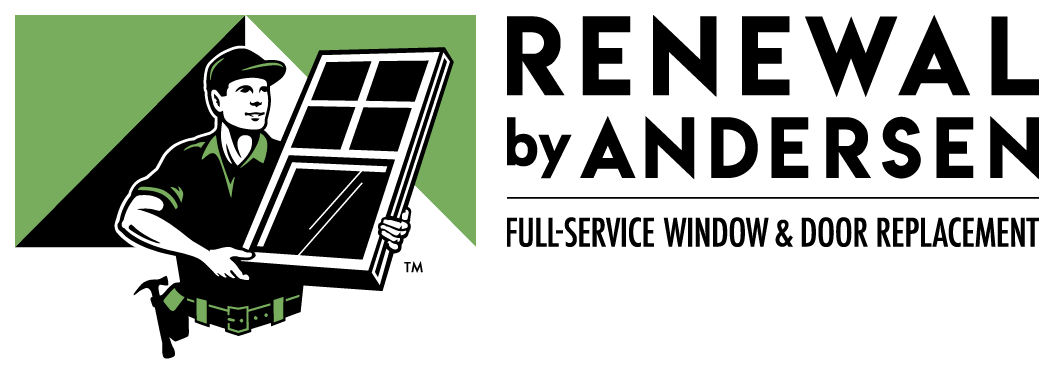Replacement windows and doors have progressed so far in terms of energy efficiency that it’s difficult to picture them without their energy-saving features. Heat loss and gain are used to determine the overall energy performance and efficiency of replacement windows.

Direct conduction through the window, heat radiation into and out of the home, and air leakage through and surrounding it all contribute to this. Different measures or ratings are used to quantify these, which are addressed further below:
• U-Factor
This simply refers to the calculation of a window’s insulation value. It is used to express the rate at which each window assembly loses heat (glass, frames and other components). The lower the U-factor, the better the window’s insulating characteristics and resistance to heat movement are.
If you’re unsure, opt for windows with at least two panes. The U-factor for them can be as low as 0.30. If you want it to be lower, consider installing triple-pane windows, which can reach U-factors as low as 0.15.
• Solar Heat Gain Coefficient (SHGC)
The fraction of incident solar energy that is admitted via a window, both directly transmitted and absorbed and then discharged inside, is measured by this metric. A lower value indicates that less solar heat is conveyed. The SHGC is expressed as a number between 0 and 1, with a lower value suggesting that less solar heat is transmitted.
This is true for both residential and business storefront windows and doors, and it’s a wonderful method to narrow down your alternatives because solar heat gain can provide free heat in the winter, but can cause overheating in the summer.
• Air Leakage (AL)
The most common source of heat loss and gain is cracked in the window assembly. That is the essence of AL. It’s calculated as the number of cubic feet of air that passes through a square foot of window space.
A lower AL indicates that air is less prone to leak through the window assembly’s cracks. The ENERGY STAR® certification requires an AL rating of 0.30 or less.
• Visible Transmittance (VT)
Visible transmittance (VT) is a measure of a window or sliding door’s capacity to transmit sunlight into a residence. It is the ratio of visible light going through the unit. In addition to SHGC, many energy-efficient windows contain spectrally selective glass coatings to let in visible, infrared or ultraviolet (UV) light.
VT has the same value range as SHGC – 0 to 1, with 1 being the maximum amount of visible light that can flow through the window. Consider this parameter if you wish to maximize your home’s daylighting or reduce glare.
Renewal by Andersen® is the leading window company for replacement windows in the U.S. We offer one of the strongest window and door replacement limited warranties you will ever find. Give us a call at (307) 650-4073, or fill out our contact form to speak to one of our experts today. We proudly serve home and business owners in Wyoming, including Casper and Douglas.



